What’s the first thing British multimedia artist Annie Morris likes to do upon rising? Draw.
Fuelled by creative pursuits, her’s is a life lived in colour – as Morris’ monumental stack sculptures, towers of brightly painted, irregular hand-hewn globes made from plaster and sand, and painted with raw pigment – can attest. Jeans and a T-shirt are her go-to uniform, while a dinky watercolour box purchased in New York during her foundation year of art college remains one of her most treasured items.
Celebrating the simple pleasures, Morris is a firm believer that a trip to your local art shop can prove a great source of inspiration – additionally, she still deems that purchasing pigment paint (in any colour she fancies) a real luxury.
With upcoming exhibitions planned for Yorkshire, Rome, and Japan, Morris and her work’s global appeal is undeniable.
Here, we explore the daily rituals and creative processes of the artist, learn about her route to where she is now, and touch on how her husband, fellow artist, Idris Khan, has informed her practice.
How do you start your days?
I arrive at the studio around 9AM and I love to draw before I start anything else. Right now I am working on my mixed media diaries which are showing in my new online exhibition with Timothy Taylor.
What’s your go-to uniform?
Jeans and a James Perse T-shirt; I just bought a bunch of sweaters on eBay in bright colours which I have been wearing.
Define your aesthetic…
I work a lot with pigment as well as a lot of drawing and painting and thread, making tapestries using different coloured threads that look like paintings. I’m always interested in quite simple materials whether it is biro or thread or pigment, or steel. Things I see around. I have always been obsessed with pigments since I was a student at the Beaux-Arts in Paris, where I used to throw pigment at my canvases and scratch into the canvases, trying to create a way of keeping the pigment raw, to make it look like it never dried, that kind of fragility. I am still working on that now with my sculptures and I use a lot of sand and layered it to create textures, different materials.
I get a lot of inspiration from art shops, just looking at all the different, pastels, oils, crayons and just seeing those colours is a form of inspiration for me.
Identify something in your workspace that’s special to you (and why)…
The most special thing in my studio is probably my watercolour box that I bought in New York, on a trip during my foundation. It is really big and have never seen anything like it, and had it all these years. I could never do without it and have it with me all the time, whenever I go anywhere I bring it with me.
What are your workplace essentials?
My cupboard is full of pigment as well as my sketchbooks which I go back and look at all the time. I find drawing brings a lot of inspiration to me and my work. I am often looking back at all the sketches to create sculptures, and sometimes I look back at my old work to create new work. So I keep some of my old work to look back on.
What time of day are you at your most creative?
In the morning and in the evening, often when I go home I will do some more drawing, when I’m on my own and the kids have gone to sleep.
What’s your go-to lunch order?
At the moment Idris and I have been ordering Poki everyday, which is so good, spicy and delicious.
What is the most rewarding part of the job?
I think the most rewarding part is seeing my work in an exhibition. I love working up to an exhibition and seeing all the works together and seeing something through.
It is always sad when you have to let go of works and they go off to different homes, because you don’t get to see them again. But I also love being surrounded by work in my studio before an exhibition too, the excitement of what is about to come.
And the most challenging?
One of the most challenging things I have done in the studio this year was to make a six-metre sculpture in the studio. We had to move all the works out of the studio and build scaffolding and carve this giant six-metre work. I am really excited about casting it into bronze for my upcoming show at Yorkshire Sculpture Park.
What did you study in school/ university?
I studied art at the École des Beaux-Arts in Paris and then went to the Slade School of Art in London.
Where are you from originally?
London.
What was your first job?
Working as a present wrapper in a shop and then I worked in a Creperie in Paris where I did drawings of the customers (and managed to get quite big tips, which was great).
What first sparked your interest in art?
I wanted to be an artist since I was about three or four years old and I would always leave paintings and drawing outside of my parents’ room for them to look at. My mother would wake up to them and we would talk about them. But I’ve never wanted to do anything else. Since I was super young.
Do you have a mentor or inspirational figure that has guided or influenced you?
Idris Khan.
What were some hurdles you had to overcome in the early days as an artist?
In the early days, I couldn’t afford some of the pigment colours that I wanted to be using. So, when I was a student at the Beaux-arts, I would always paint my pigment paintings in only sepia colours, which were the cheapest. and I think the luxury of being able to use and be able to afford to buy the paint that you want and frame things in the way you want to frame them and cast things in bronze is such an exciting luxury.
What’s the most important business lesson you’ve learned?
Keep making work.
The best advice you’ve ever received…
My friend Jeannie Freilich told me, “always keep a work from each exhibition”. I am so glad I did that!
What are you working on right now?
I am working on an exhibition with Timothy Taylor and an exhibition for the Yorkshire Sculpture Park and a joint exhibition with Idris later next year. As well as a group show in India and Rome and a small presentation in Japan.


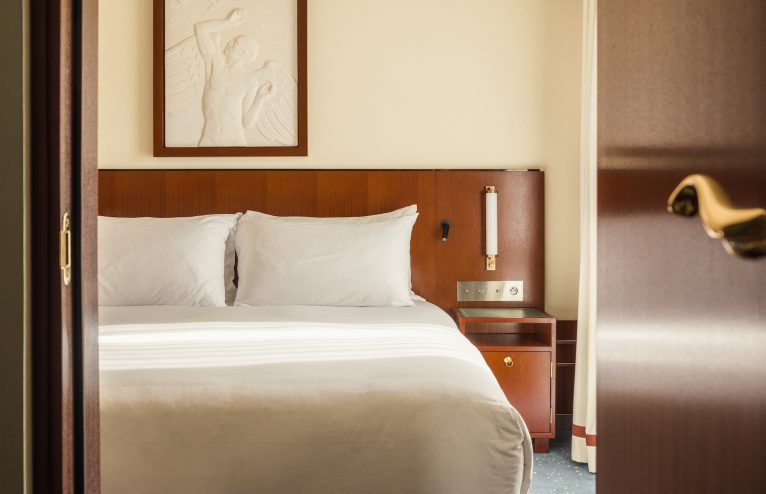
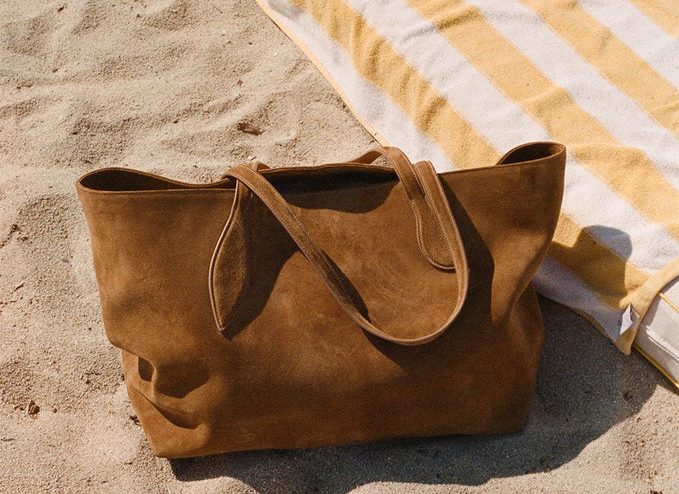


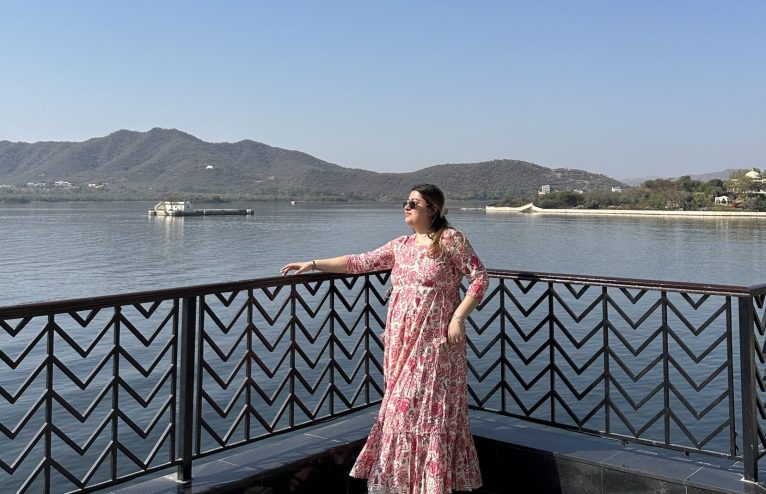
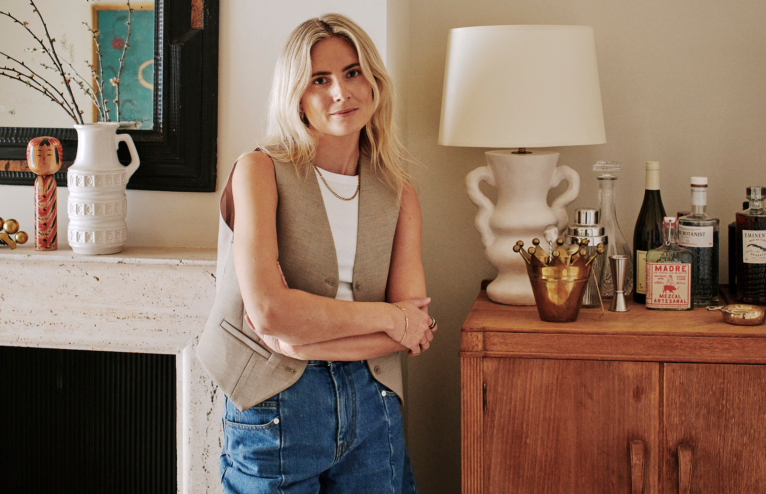
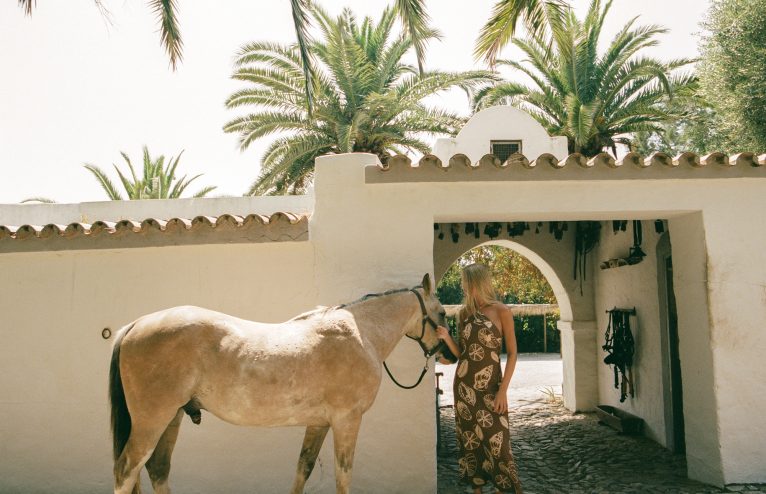
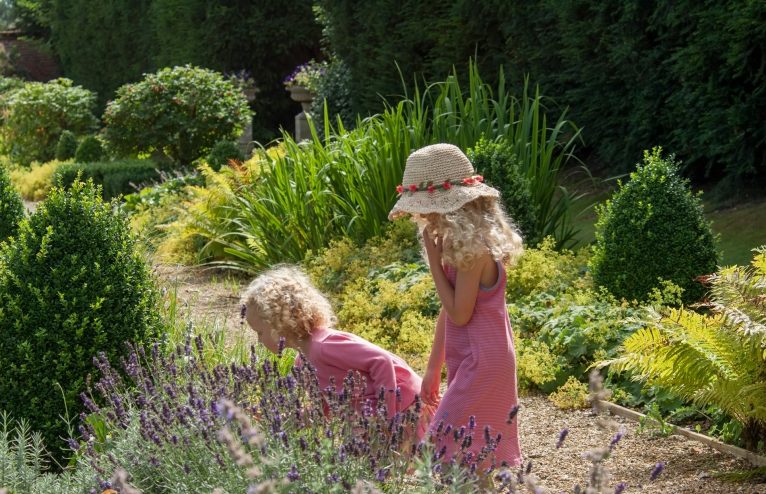







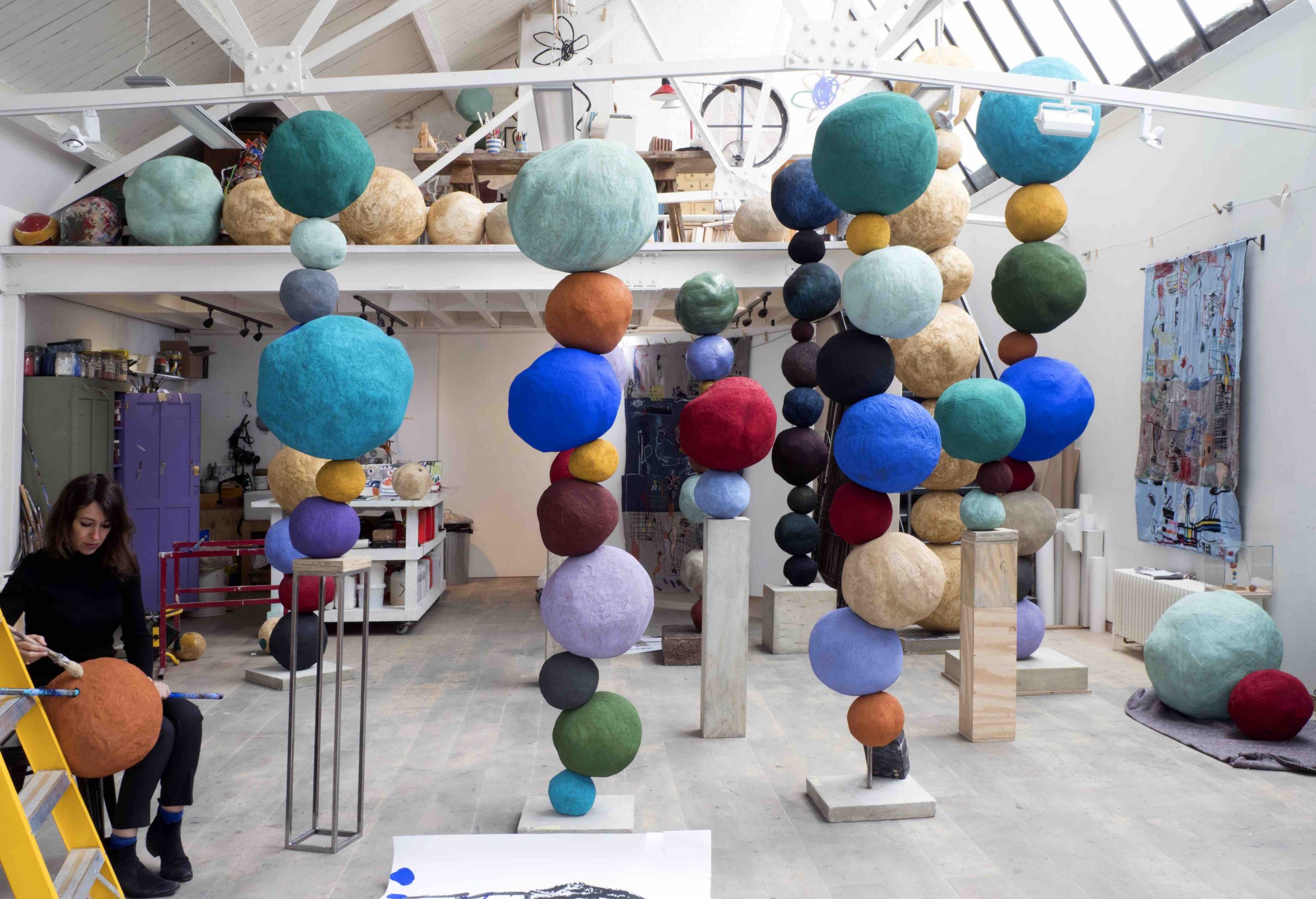
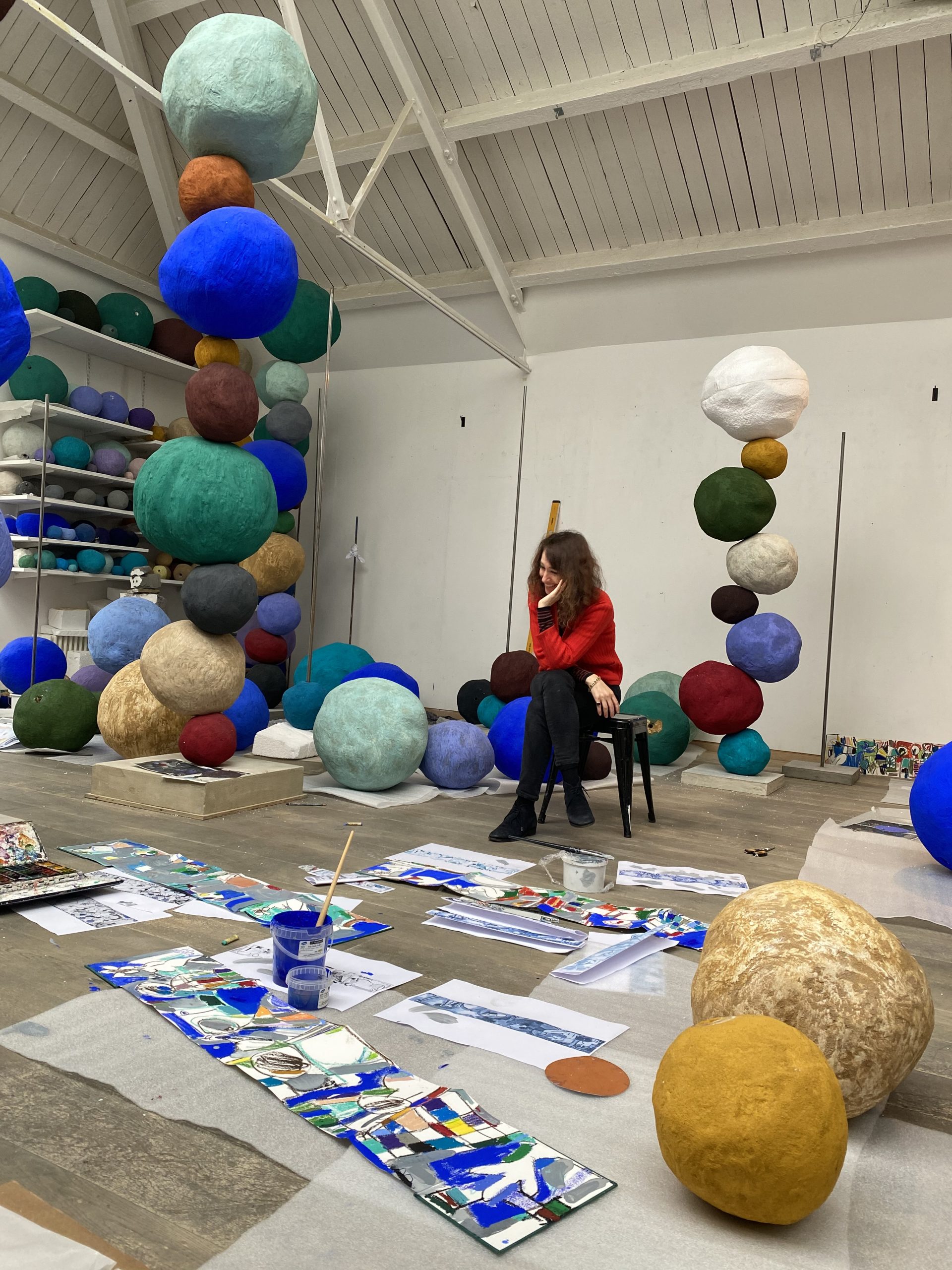
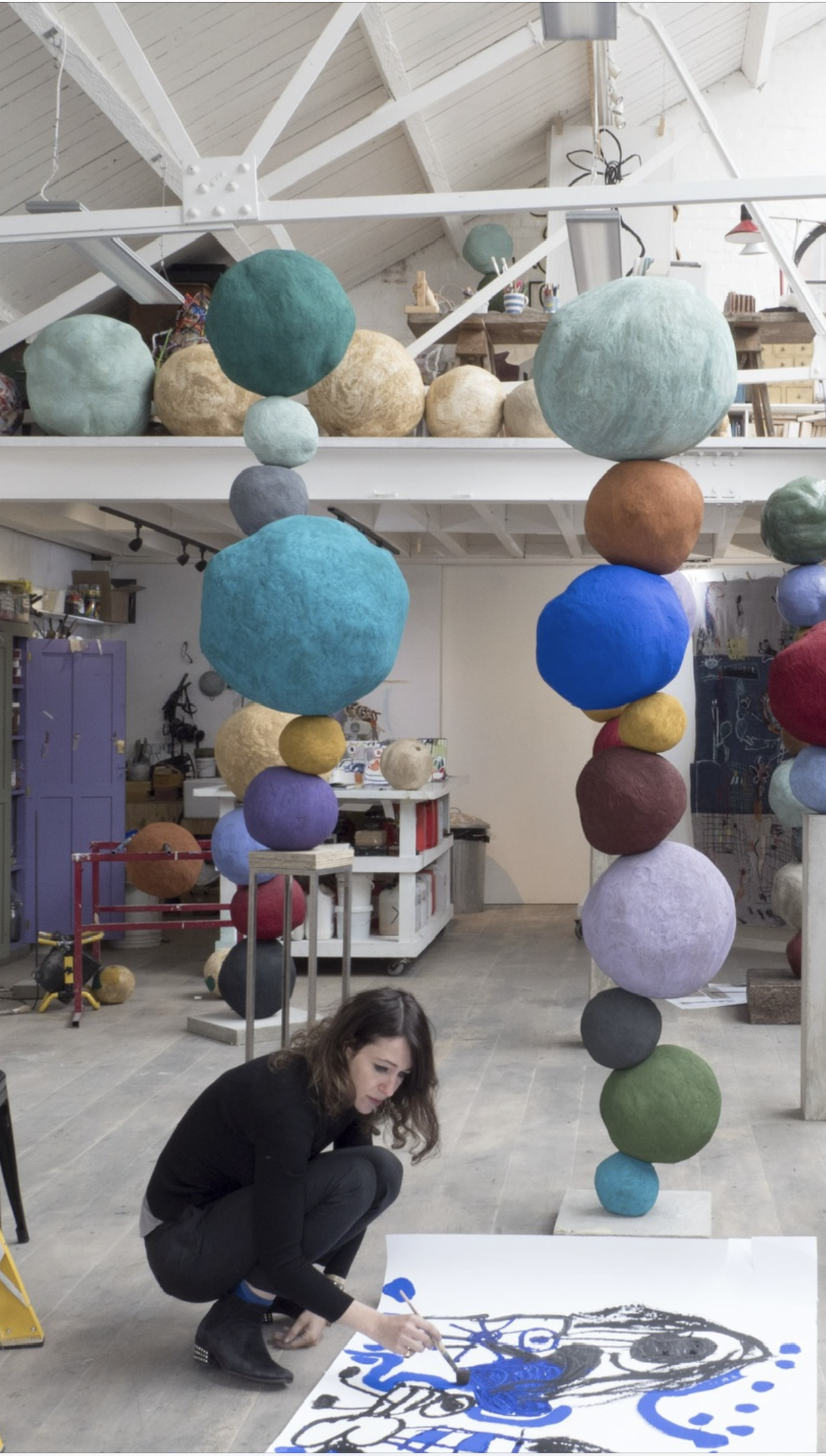
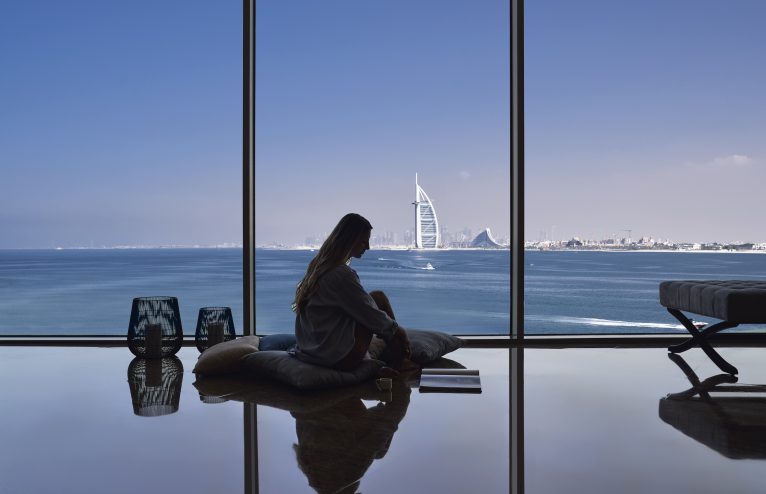
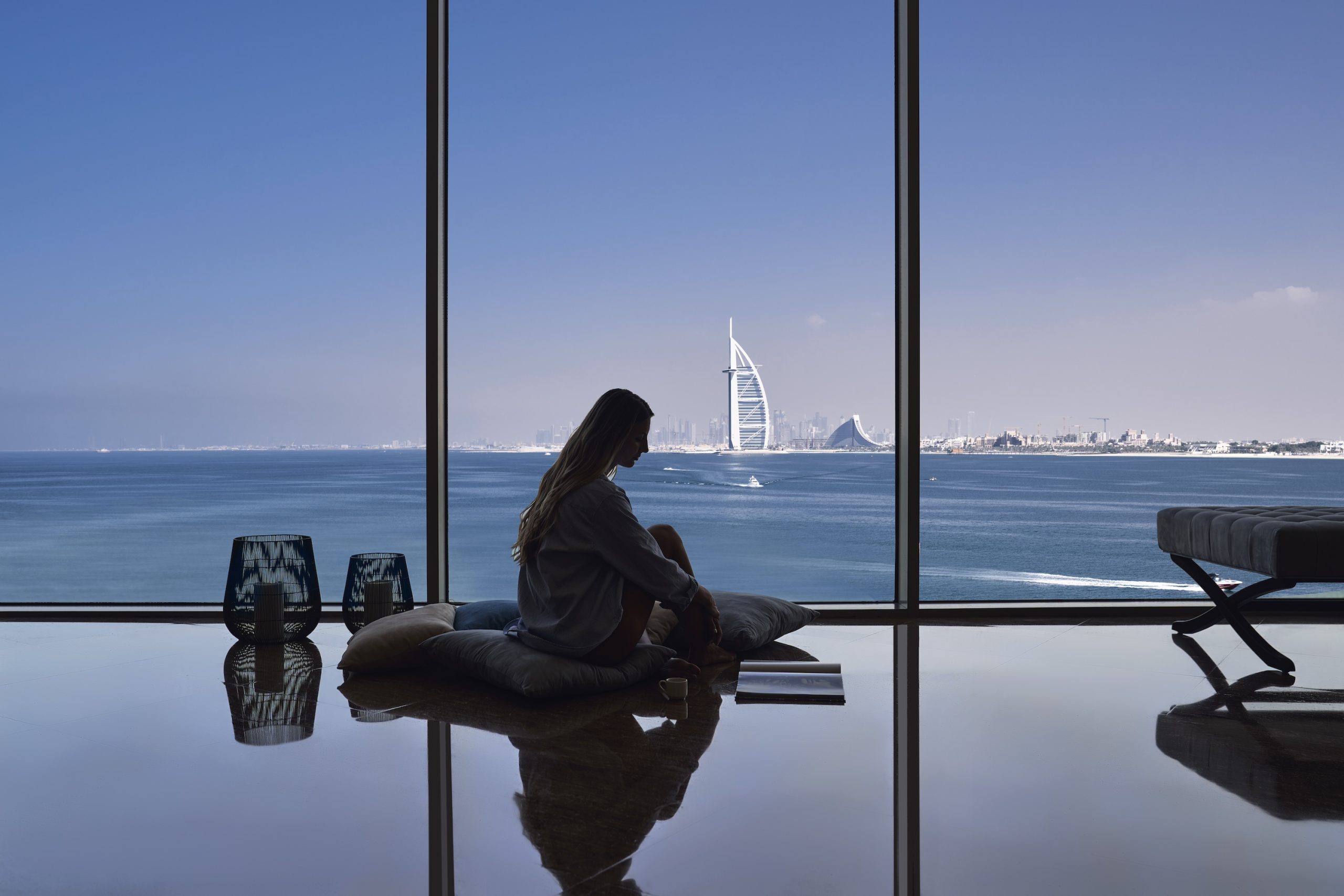
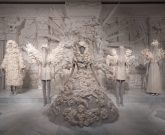


Any Questions or Tips to add?